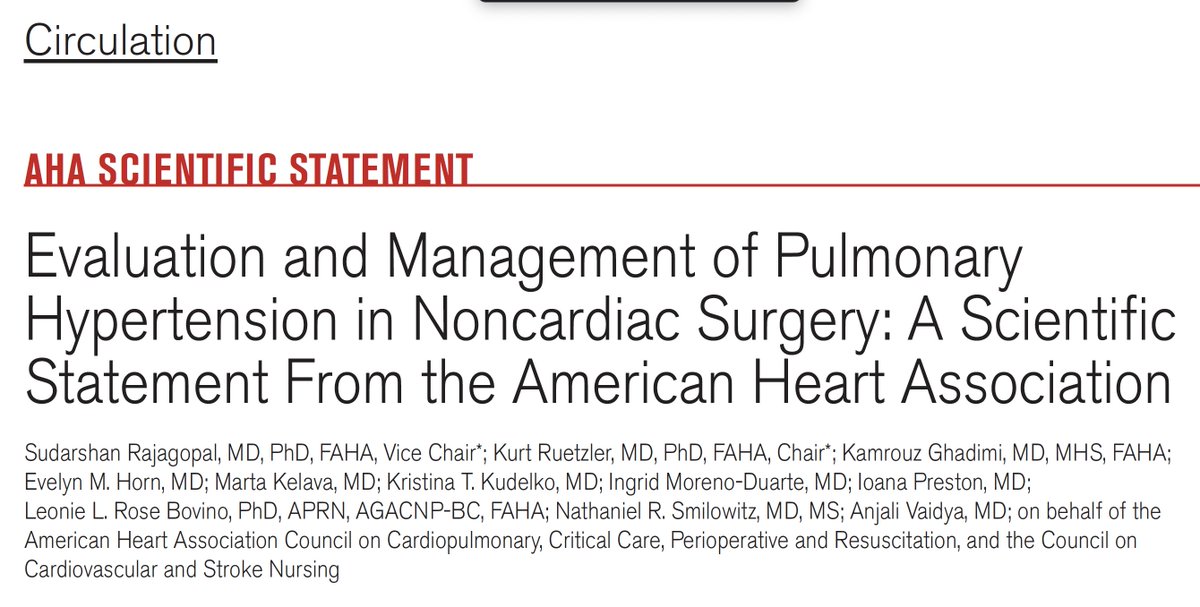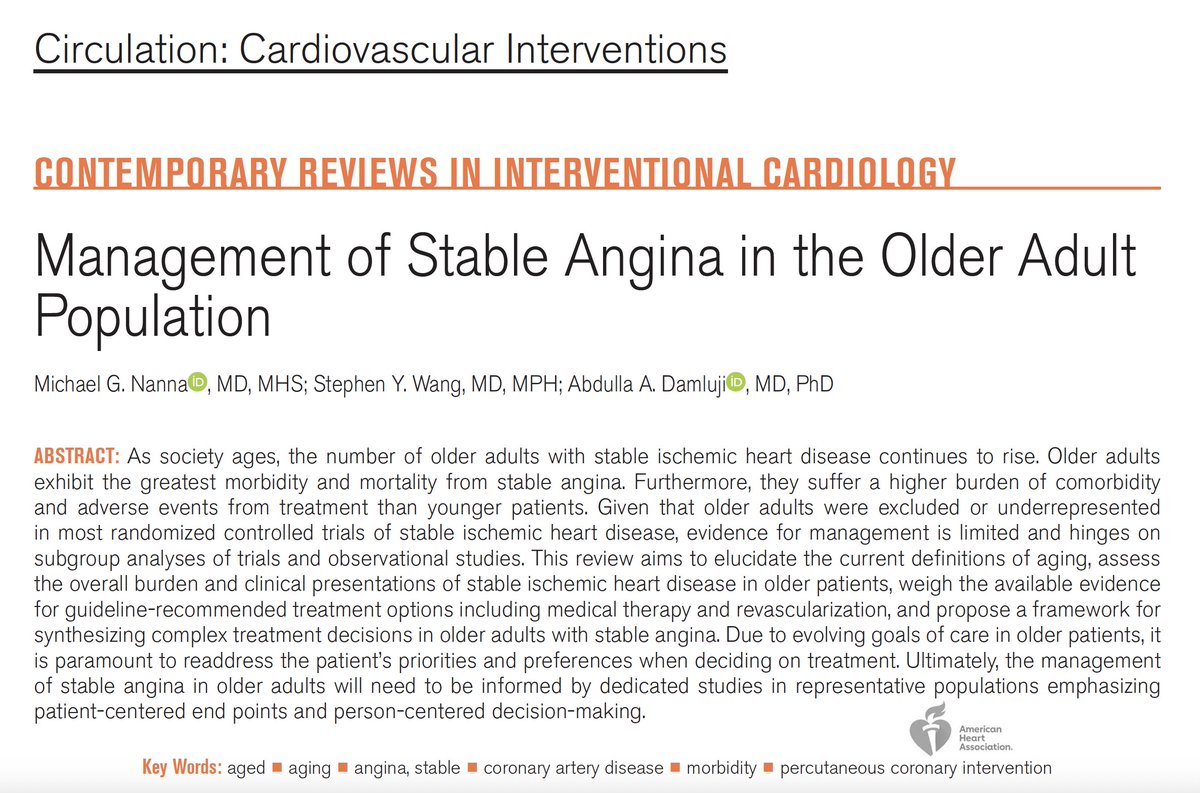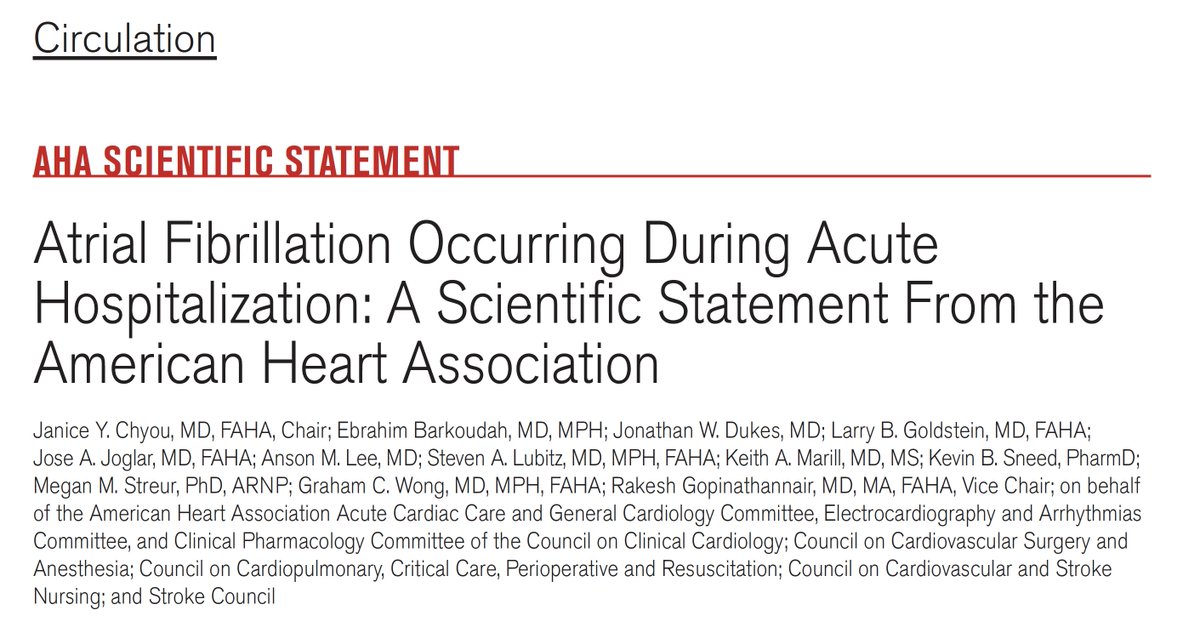
Outcomes of Bioprosthetic Valve Fracture in Patients Undergoing Valve-in-Valve TAVR: @JACCJournals
Many years of collecting these cases: amazing work @AdnanChatriwala 👏👏
Summary in 15 short bullets
👇👇👇
Many years of collecting these cases: amazing work @AdnanChatriwala 👏👏
Summary in 15 short bullets
👇👇👇

1/ This study represents the largest cohort of patients who underwent bio prosthetic valve fracture (BVF) as an adjunct to valve in valve (VIV) #TAVR.
2/ BVF is commonly performed as an adjunct to VIV TAVR, particularly in patients with small surgical valves (30% frequency).
3/ However, institutional volumes of attempted BVF are relatively low, with fewer than 35 hospitals performing 5 or more BVF procedures per year.
4/ In adjusted analyses, in-hospital and 30-day mortality, cardiac death, all-cause death or stroke, and life-threatening bleeding were higher in patients who underwent VIV TAVR with attempted BVF compared with those who underwent VIV TAVR without fracture.
5/ Nevertheless, these differences were numerically smaller and not statistically significant in patients who underwent BVF after THV implantation, compared with patients in whom BVF was not attempted, suggesting that procedural technique plays an important role in safety.
6/ When clinically indicated, BVF should be performed after, rather than before, THV implantation.
7/ BVF in the setting of VIV TAVR optimizes THV expansion and can mitigate PPM, which is associated with higher mortality after VIV TAVR.
8/ However, the longer-term effect of BVF on clinical outcomes remains unknown.
9/ One concern with BVF performed prior to VIV TAVR is the potential for surgical valve leaflet injury causing acute severe valvular regurgitation and hemodynamic compromise for a period of time until a competent THV can be implanted.
10/ Other complications that could be directly linked to BVF, such as annular rupture, aortic dissection, and coronary occlusion, were rare (<1%).
(I have seen this once, @DrMauricioCohen)
(I have seen this once, @DrMauricioCohen)
11/ Interestingly, despite the higher rate of observed complications in patients with attempted BVF, average procedure time was not higher.
12/ Although it appears that BVF performed after THV implantation is the safer option, the question of whether the smaller hazard observed with this technique could be offset by longer-term clinical benefits needs prospective confirmation.
13/ Prior bench testing has demonstrated that most, but not all, surgical valves can be fractured.
14/ Surgical valves vary greatly in their composition, and the threshold at which a valve fractures is dependent on the composition of the valve, and the size of the balloon being used for BVF, and the balloon pressure required to fracture may exceed 20 atm.
15/ In conclusion: The use of BVF as an adjunct to VIV TAVR with SAPIEN 3 & SAPIEN 3 Ultra valves is associated with a higher risk of mortality, excess bleeding, modest reduction in echocardiographic valve gradient, and gain in valve area, when compared with no fracture.
• • •
Missing some Tweet in this thread? You can try to
force a refresh












